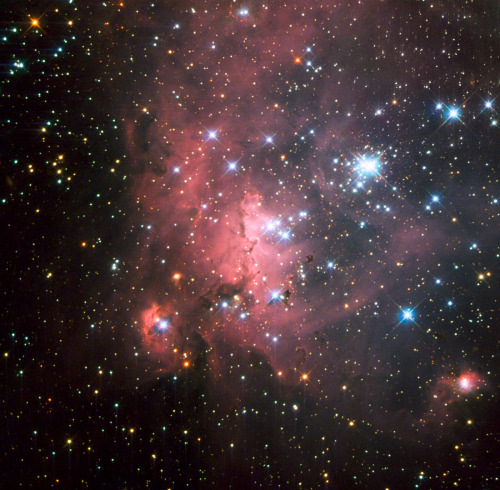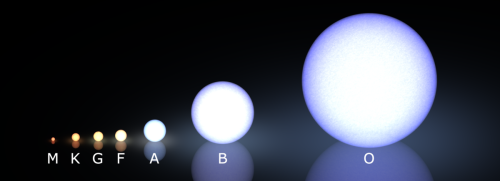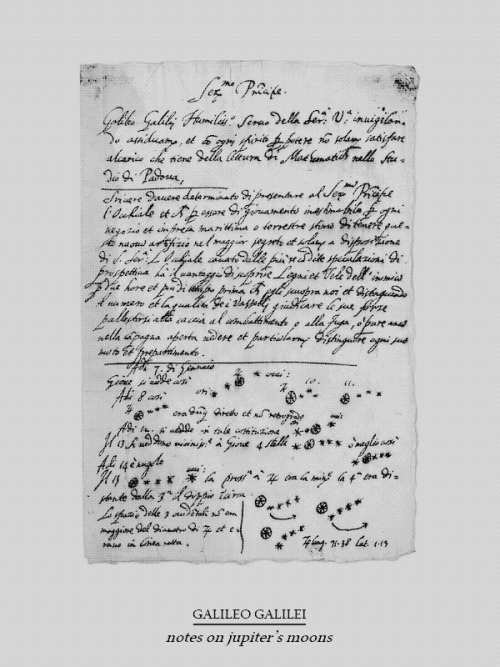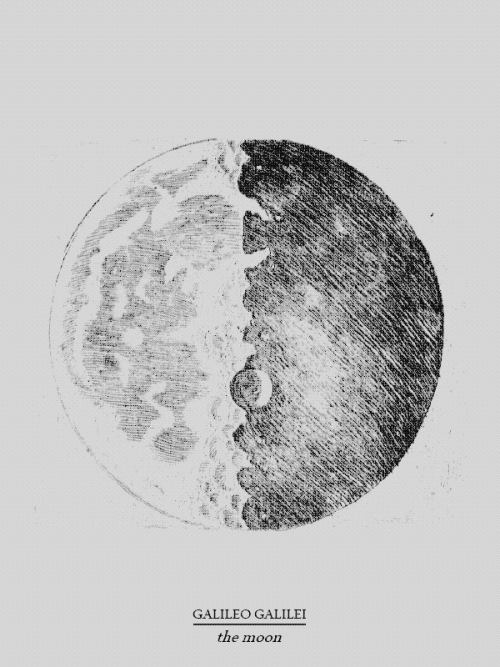Asteroid J002E3’s Orbit In 2002-2003.

Asteroid J002E3’s orbit in 2002-2003.
More Posts from Sidusglacies and Others




Collect


Neighboring planets, painted by Don Dixon, 1978.






- space;the physical universe beyond the earth’s atmosphere//mod carter

david_shute



OB star
OB stars are hot, massive stars of spectral types O or early-type B that form in loosely organized groups called OB associations. They are short lived, and thus do not move very far from where they formed within their life. During their lifetime, they will emit much ultraviolet radiation. This radiation rapidly ionizes the surrounding interstellar gas of the giant molecular cloud, forming an H II region or Strömgren sphere. (source)

Video Clip SS2935432 (Supercell Thunderstorm, timelapse)
Timelapse footage of a Supercell thunderstorm with multiple lightning flashes.
A supercell is a large rotating storm system that often produces heavy rain, hail and sometimes tornadoes. The supercell is centred on a very powerful updraft, which lifts warm, moist air to high altitude. It cools as it rises, condensing and falling as precipitation.
The base of the cloud is marked by a shelf cloud extending forwards, and a low wall cloud at the updraft/downdraft interface. This supercell was filmed in Kansas, USA, in June 2015. Such storms are most common in this region in spring and early summer.
Supercells are often put into three classification types: Classic, Low-precipitation (LP), and High-precipitation (HP). LP supercells are usually found in climates that are more arid, such as the high plains of the United States, and HP supercells are most often found in moist climates.
Supercells can occur anywhere in the world under the right pre-existing weather conditions, but they are most common in the Great Plains of the United States in an area known as Tornado Alley and in the Tornado Corridor of Argentina, Uruguay and southern Brazil.
© Roger Hill / Science Source







Galileo Galilei 1564-1642 the father of observational astronomy
-
 kyosenno liked this · 2 weeks ago
kyosenno liked this · 2 weeks ago -
 chridys-space liked this · 8 months ago
chridys-space liked this · 8 months ago -
 yetanothertransgirl reblogged this · 8 months ago
yetanothertransgirl reblogged this · 8 months ago -
 yetanothertransgirl liked this · 8 months ago
yetanothertransgirl liked this · 8 months ago -
 amongthefallingstar reblogged this · 1 year ago
amongthefallingstar reblogged this · 1 year ago -
 infernally-b reblogged this · 2 years ago
infernally-b reblogged this · 2 years ago -
 hd9312a liked this · 2 years ago
hd9312a liked this · 2 years ago -
 pot77-sex-91kaka liked this · 2 years ago
pot77-sex-91kaka liked this · 2 years ago -
 nosoundsheard liked this · 3 years ago
nosoundsheard liked this · 3 years ago -
 delightful-potato liked this · 3 years ago
delightful-potato liked this · 3 years ago -
 f8er-1 reblogged this · 3 years ago
f8er-1 reblogged this · 3 years ago -
 f8er liked this · 3 years ago
f8er liked this · 3 years ago -
 oneviaenthusiast liked this · 3 years ago
oneviaenthusiast liked this · 3 years ago -
 nouranmsalah reblogged this · 4 years ago
nouranmsalah reblogged this · 4 years ago -
 nouranmsalah liked this · 4 years ago
nouranmsalah liked this · 4 years ago
